The part with the image of the Trinity is as remarkable in concept as the composition with female figures. This is one of the oldest, if not the earliest, sample
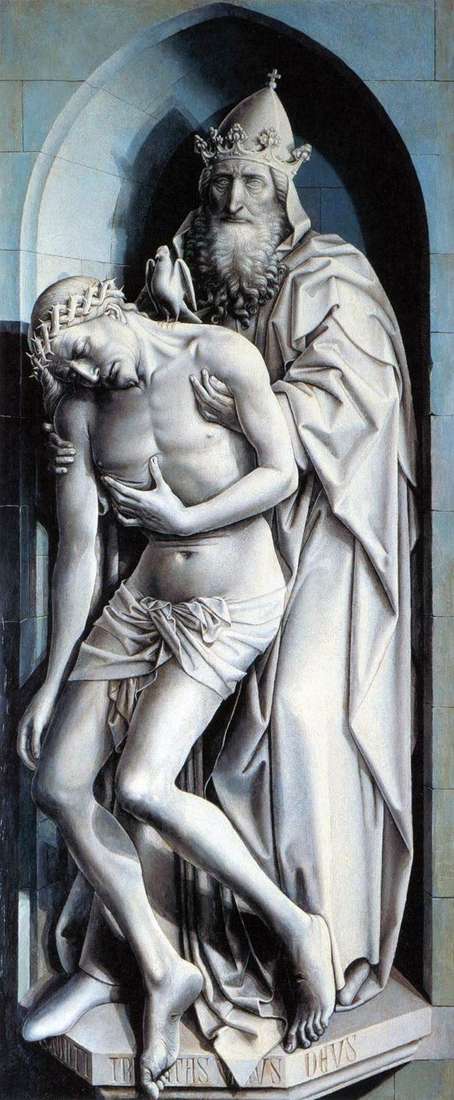

The part with the image of the Trinity is as remarkable in concept as the composition with female figures. This is one of the oldest, if not the earliest, sample
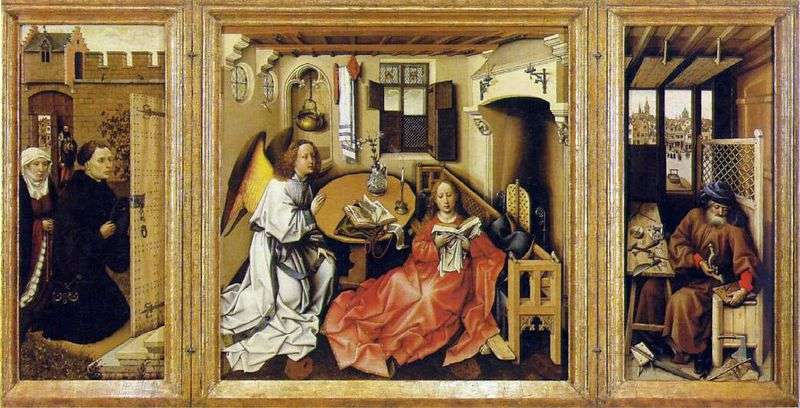
The Altar of Merode, named after the long family that owned it, was first attributed to Rogier van der Weyden, then to the master from Flemal, who was later identified
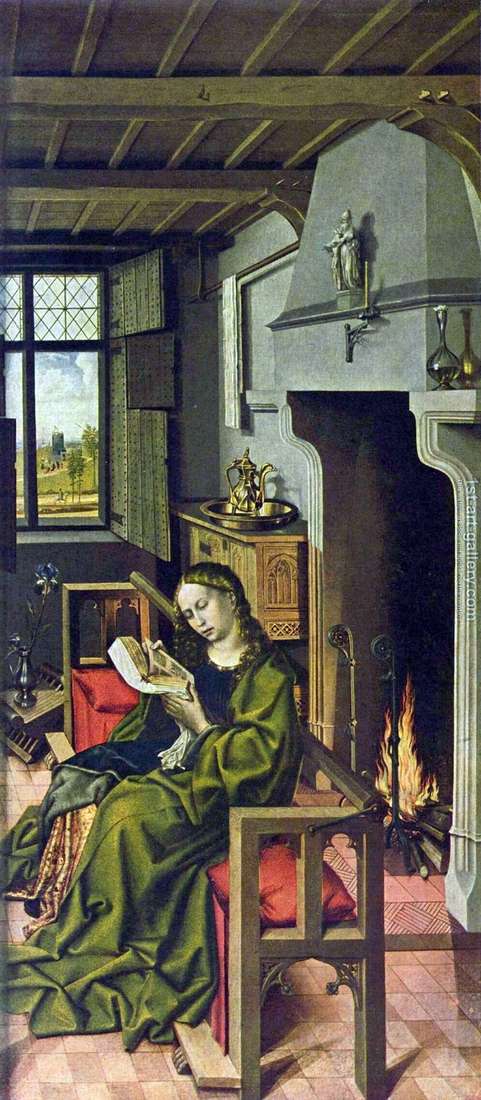
On the right leaf – reading Saint Barbara. She is shown sitting in a cozy room of a burgher house. Outside the window, in the background of the landscape, is
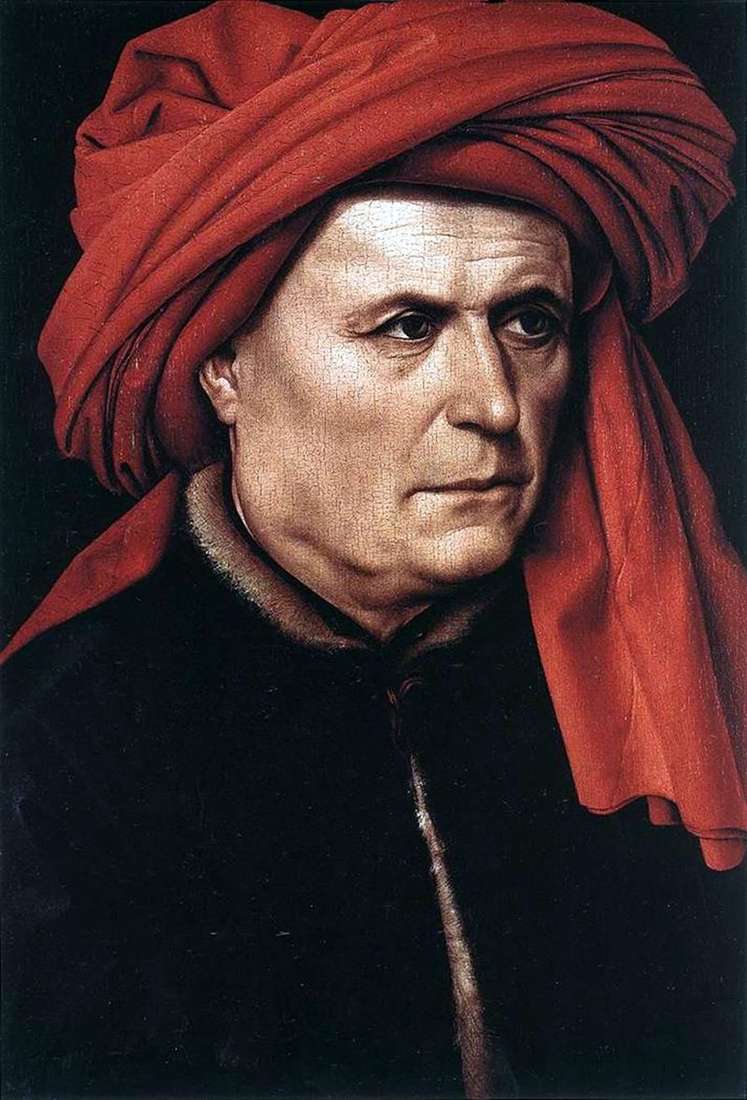
Robert Kampen is a Dutch painter, one of the founders of early Renaissance art in his country. The name of Robert Kampen is found in many ancient documents. Portraits of

The portrait of a woman and the Portrait of a man, according to most researchers, are paired and, possibly, originally they were joined together. This is evidenced not only by
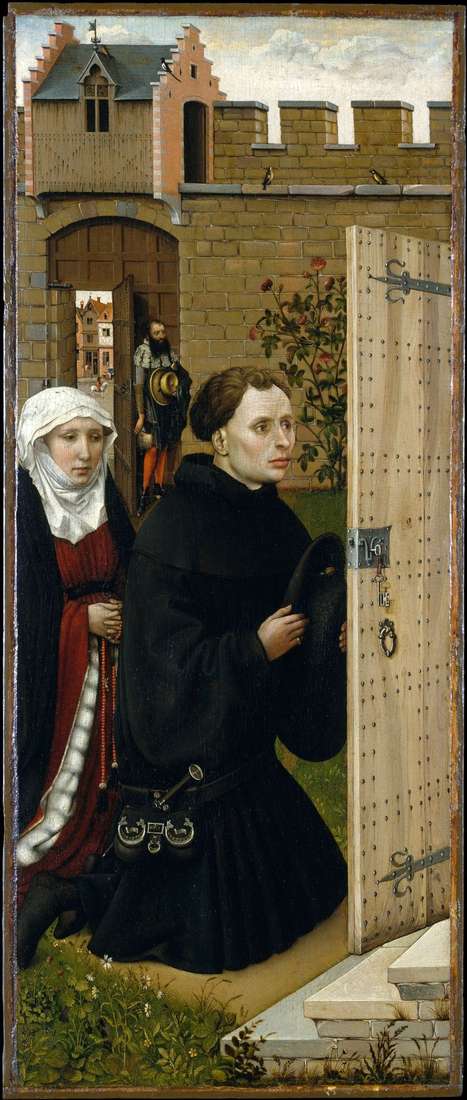
On the left wing there is a man and woman watching miraculously, who came home and opened the door. The man bared his head, and the woman holds the rosary
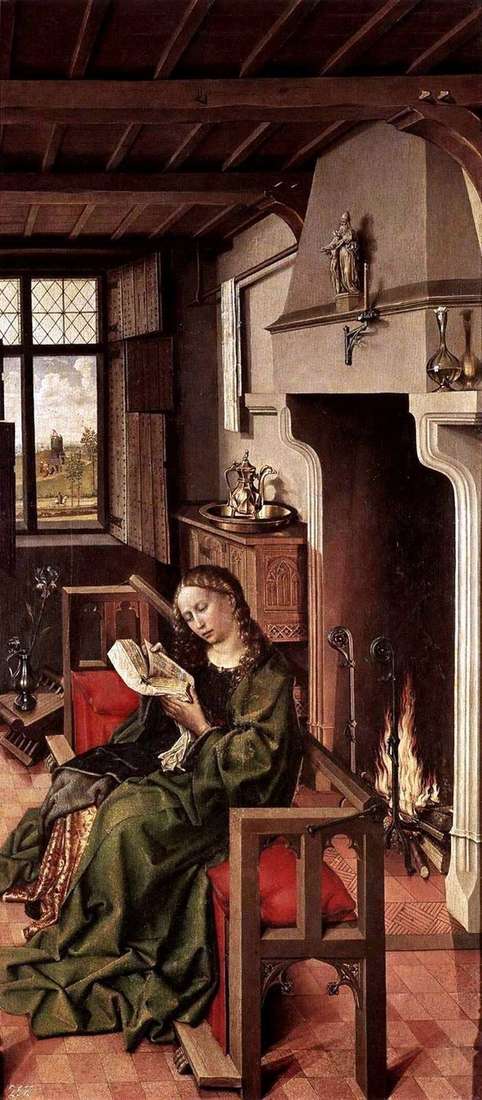
On the right leaf – reading Saint Barbara. She is shown sitting in a cozy room of a burgher house. Outside the window, in the background of the landscape, is
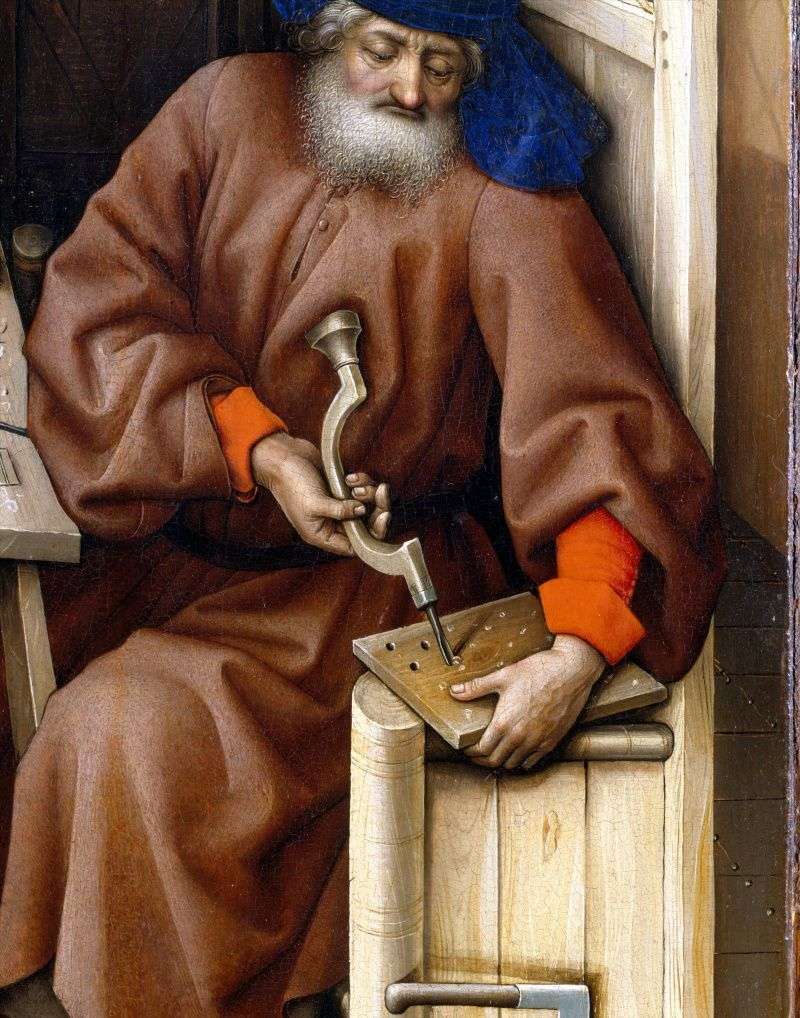
The right wing usually depicted another biblical story, for example, the Last Judgment, as on the corresponding triptych of Rogier van der Weyden. According to one of the hypotheses, the
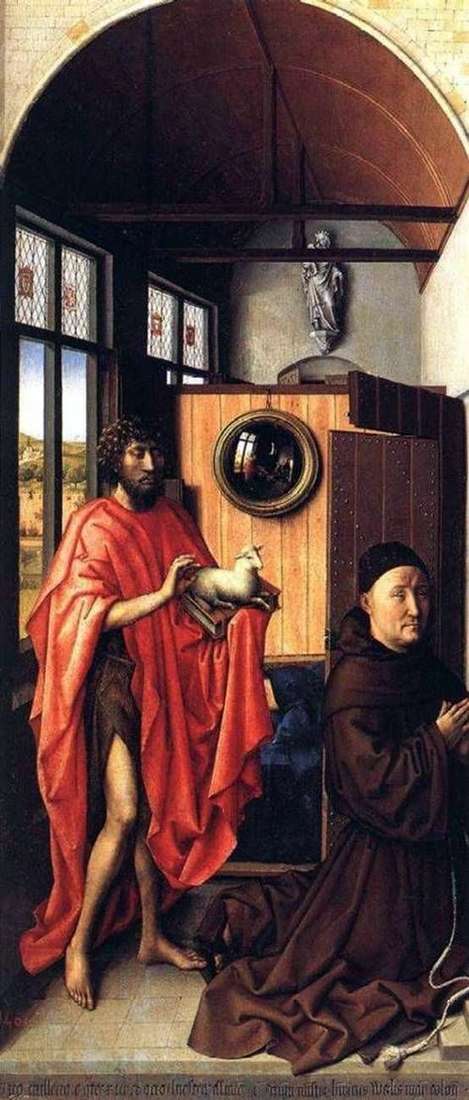
The left wing of the triptych is depicted by von Werl, who is praying with St. John the Baptist. . Heinrich von Werl was a Franciscan theologian. The artist painted

The art of Robert Kampen stands at the origins of the Dutch painting of the XV century. His researchers attribute the brush to a group of works that were previously